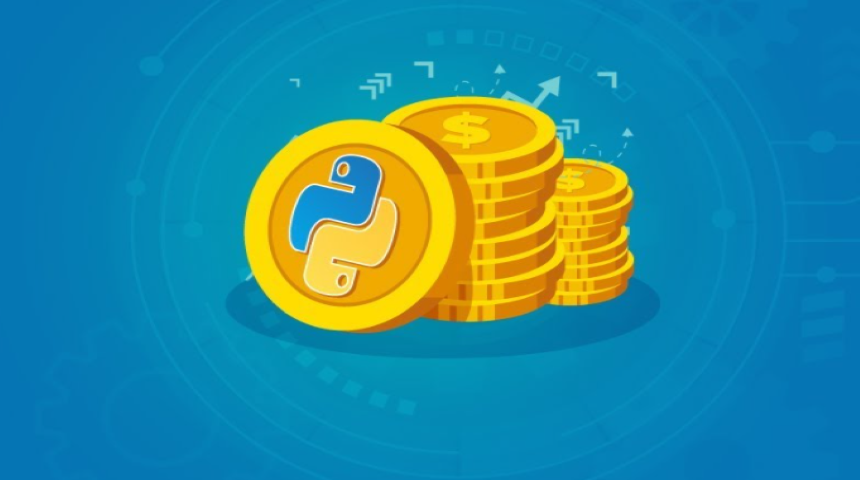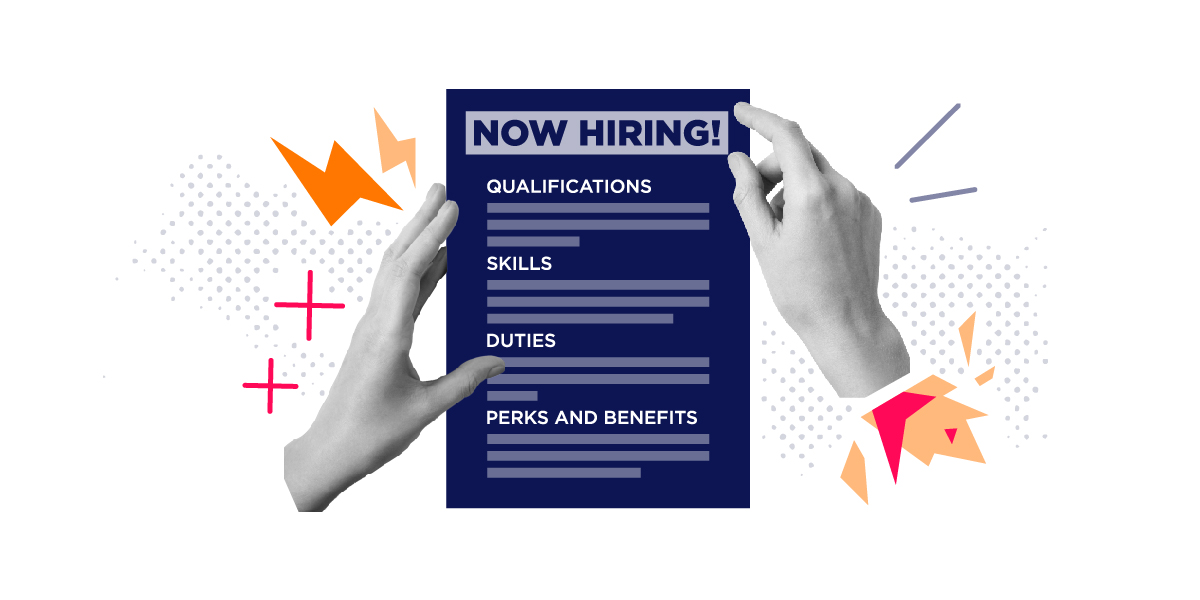A Step-by-Step Guide to Get Hired at Google As Python Dev
Have you been searching for an opportunity to use your coding skills in a real-world setting, and Google seems like the perfect place? Are you looking for a way to show off your Python skills in front of Google recruiters? Then this article is for you! This step-by-step guide will help you land your dream job at Google using Python.
Why Learn Python for Google?
- The language is easy to understand — Python’s syntax is very similar to English. This makes it very easy for people with no programming experience to learn the basics.
- It is easy to read — Python code is much more readable than other programming languages. This makes it easier for other programmers to read and understand your code.
- It is a general-purpose language — Python can be used for anything from web development to artificial intelligence and machine learning. Its versatility makes it a great choice for many industries.
- It is a great language for beginners — Python’s syntax and grammar are quite simple, making it a great language for beginners. You can get started with Python as a beginner with ease.
Step 1: Build your basic skills with Python fundamentals
Learning Python can be overwhelming for beginners, as there are several concepts you must learn. First, you’ll need to understand the difference between Python 2 and Python 3. Then, you’ll need to understand the concepts of syntax and semantics. Finally, you’ll need to understand the importance of style guides and best practices. Once you’ve built up a solid understanding of these concepts, you’ll need to begin practicing.

You can do so by following tutorials on Python, building projects, and reading blogs and books. You can also try your hand at online courses that will help you build a strong foundation. The key here is to start actively practicing as soon as possible. The more you practice, the more you’ll learn.
Step 2: Get your feet wet with MOOCs
Once you’ve built a strong foundation, you’ll need to get your hands a little bit dirty. You can do so by taking a few MOOCs to get your feet wet with Python.
Here are a few courses you can pick from.
- Introduction to Python — This course will help you learn the basics of Python programming. You’ll learn how to write Python code, use Python libraries, and apply the concepts of data structures and algorithms.
- Python Data Analysis — This course will help you learn how to store and analyze data with Python. You’ll learn how to use Pandas and various tools for data visualization.
- Python for Everybody — This course will help you learn how to program with Python. You’ll learn the fundamentals of programming, how to use the Python language, and how to design and write programs.
These courses are great for beginners and will help you get your hands a little bit dirty with Python.
Step 3: Practice by building a portfolio app

Once you’ve gotten your feet wet with MOOCs, it’s time to build your portfolio and showcase your skills. You can do so by building a portfolio app using Python. There are a few ways in which you can build a portfolio app with Python.
- Build a simple app like a to-do list — Build a simple app like a to-do list or a dice roller. It can be as simple as you want it to be. You can even build something as complex as a web crawler.
- Build a web app — Build a web app that solves a real-world problem. You can try to solve a problem you’ve faced or something a friend or a family member has mentioned needing.
- Build a machine learning model — Build a machine learning model that solves a real-world problem. You can try to solve a problem you’ve faced or something a friend or a family member has mentioned needing.
Step 4: Develop mastery with hands-on side projects

After completing a few hands-on projects, you’ll have a good understanding of Python’s capabilities. You can then use this newfound knowledge to solve real-world problems. You can do so by building side projects using Python. Here are a few things you can try.
- Build a web scraper to gather data — Build a web scraper that gathers data from various websites. You can use this data to create charts and graphs.
- Build an app that uses machine learning — Build an app that uses machine learning and applies it to a real-world problem. You can try to solve a problem you’ve faced or something a friend or a family member has mentioned needing.
Step 5: Create an impeccable resume with Python

Once you’ve completed all of the above steps, it’s time to create an impeccable resume that will help you get hired at Google. You can do so by following these steps.
- Identify your core skills — What are your core skills? What do you do best? What are your passions? Once you’ve identified your core skills, try to incorporate them into your resume.
- Build a strong portfolio — Build a strong portfolio that showcases your skills. You can do so by creating apps and websites that showcase your skills.
- Create a compelling resume — Create a compelling resume that incorporates your core skills and showcases your portfolio. You can even try adding a few additional skills that don’t appear in your resume.
Best of Luck.









